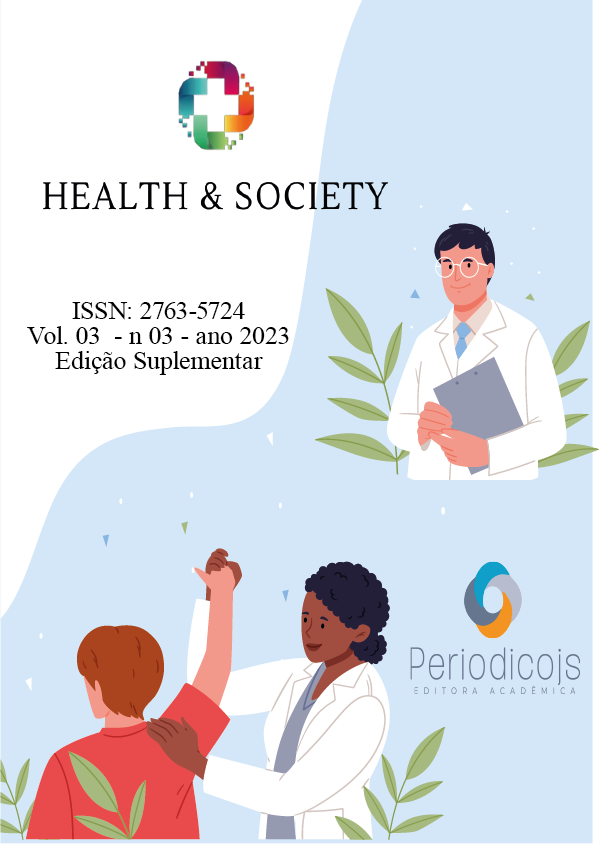Abstract
The first step to prevent SEPSE is to follow the vaccination schedule for children and adults is to avoid the exaggerated use of antibiotics and self-medication, not forgetting proper hand hygiene. Sepsis can develop through exposure to etiological agents present in the environment in which the individual lives on a daily basis, which settle down and trigger a reaction in the body, according to the person’s physiological particularities. ANVISA (National Health Surveillance Agency) has created programs for the implementation, monitoring and provision of technical materials so that HAIs are reduced at all levels of assistance in the health network.
References
AGÊNCIA NACIONAL DE VIGILÂNCIA SANITÁRIA – ANVISA. Programa nacional de prevenção e controle de infecções relacionadas à assistência à saúde. 2021 a 2025.
MARKWART, Robby et al. Epidemiology and burden of sepsis acquired in hospitals and intensive care units: a systematic review and meta-analysis. Intensive care medicine, v. 46, p. 1536-1551, 2020.
REINER, Gabriela Longhi et al. Desfecho clínico e fatores associados ao óbito em pacientes com sepse internados em unidade de terapia intensiva. Arquivos Catarinenses de Medicina, v. 49, n. 1, p. 02-09, 2020.
SALEEM, Zikria et al. Point prevalence surveys of health-care-associated infections: a systematic review. Pathogens and global health, v. 113, n. 4, p. 191-205, 2019.

This work is licensed under a Creative Commons Attribution 4.0 International License.
Copyright (c) 2023 Thalita Estefani Silva Nascimento, Sayonara Tavares Fialho Bezerra, Jerssycca Paula dos Santos Nascimento, Raybarbara Paula do Nascimento, Geni Kelly Araújo Silva Melo, Jefferson Conceição de Assis, Anne Carolinne Marie dos Santos Gomes, Maria Carolina Salustino dos Santos





